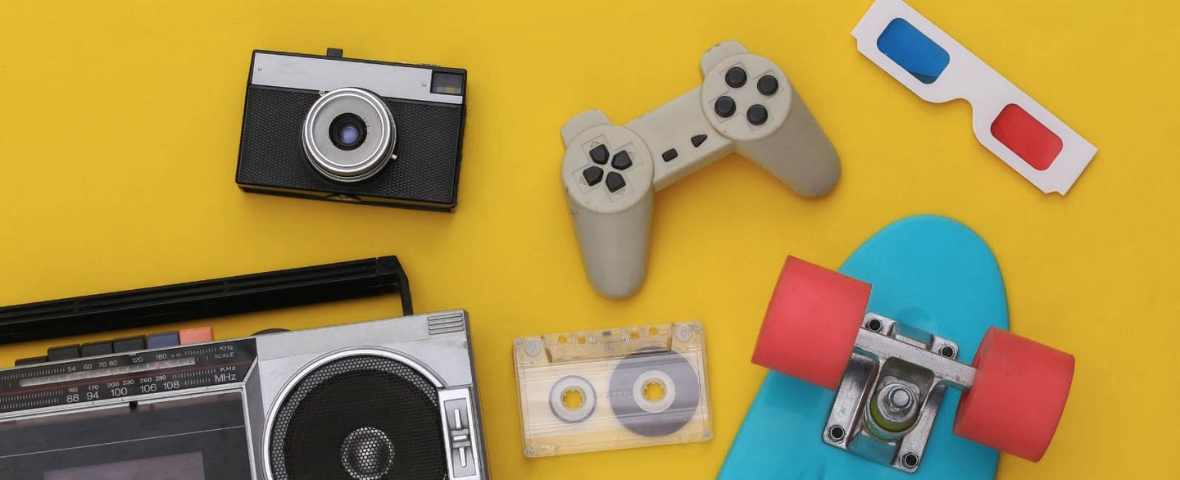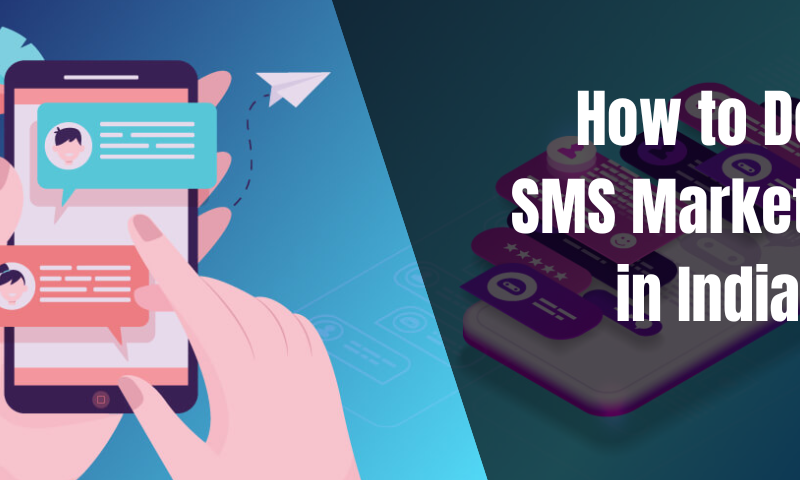
The Power of Nostalgia Marketing
Who doesn’t like the feeling of the “good old days”? Each one of us, right? Nostalgia tends to transport us back to a simpler, happier place and gives us comfort and stability, things we all long for in times of uncertainty and constant change. The human race appreciates the wave of nostalgia and yearns for a familiar time. This strong feeling is what many marketers try to evoke and harness with their advertising since forever now.
Nostalgia marketing is about connecting a brand with positive concepts or ideas from the past. The goal is to associate the brand with the feelings of comfort and security that are triggered by those ideas. While the concept is not new, it’s become more popular in recent times and is used by companies of all sizes and across industries, from Netflix to McDonald’s. Most marketing agencies in Gurgaon, pan India and over the world have used it to their benefits.
It is already a known fact that emotional marketing has the power of convincing customers to act, and advocate on the behalf of their favourite brands. However, tapping into strong memories can be one of the most powerful ways to provoke emotion, particularly if brands are targeting a millennial audience.
In 1688, nostalgia was originally described as a “neurological disease of essentially demonic cause” by Swiss doctor named Johannes Hoffer. This was to describe the Swiss mercenaries who were homesick. At the time, military physicians attributed this phenomenon to “damage” to the soldier’s ear drums and brain cells by the unremitting clanging of cowbells in the Alps. Going back in time, it can be known that during the 19th and 20th centuries nostalgia was commonly classified as either an “immigrant psychosis,” a form of “melancholia” and a “mentally repressive compulsive disorder.”
However, with the development of science along the years, it has been proven that nostalgia is not caused by cowbells, demons, or mental disorders; instead, it is a universal feeling that can be found in children as young as seven years old. Additionally, research has discovered that nostalgia can actually be good for you. Researchers also found that nostalgia can “counteract loneliness, boredom, and anxiety.” It also “makes people more generous to strangers and more tolerant of outsiders. Couples feel closer and look happier when they’re sharing nostalgic memories. On cold days, or in cold rooms, people use nostalgia to literally feel warmer.”
Another research shows that after studying the responses of consumers to nostalgic versus non-nostalgic ads, it was observed that consumers who had seen nostalgia-themed ads rated the ad and the advertised brand more favourably compared to those who had seen non-nostalgic ads.
Another study found that nostalgic feelings made people willing to pay more for objects of interest. So, it’s no surprise that brands are leveraging old memories to build emotional connections with their customers and, ultimately boost sales.
Let us now dive into how this model can help brands:
Prioritize feelings and personal memories
The primary benefit of a nostalgia marketing technique is that it prioritizes your audience’s emotions and personal memories. When marketing teams deliberately reference symbols from the past that their audience recognizes, that audience may experience an increase in positive emotions and think back on moments from their past with fondness.
Provide audiences with a sense of comfort
Nostalgia can give people a sense of comfort by reminding them of good memories. The feeling of comfort that the audience experiences when seeing a nostalgia marketing campaign can then become associated with the brand.
Ease negative emotions
Some studies suggest that nostalgia can help alleviate negative emotions, such as sadness, loneliness or anxiety. This means that incorporating nostalgia marketing into the operations has the potential to make the audience feel better.
Reminder of memorable times related to pop culture
Many nostalgia marketing campaigns reference events or concepts related to pop culture. Having these elements in the marketing campaigns can allow the audience to reflect on memorable events they lived through when they were younger.
Focus on positive memories
When a brand gives its audience the chance to focus on positive memories and feelings through a nostalgia marketing campaign, it can help them develop associations between the brand and those positive feelings. In the future, when those prospective customers encounter the services or products, they may instinctively feel those positive feelings arise again.
Develop personalized relationships
Nostalgia marketing is one technique that marketers use to build more personal relationships with their audience members. Having an emotional connection with the audience can lead to a range of other benefits, like brand loyalty and trust.



